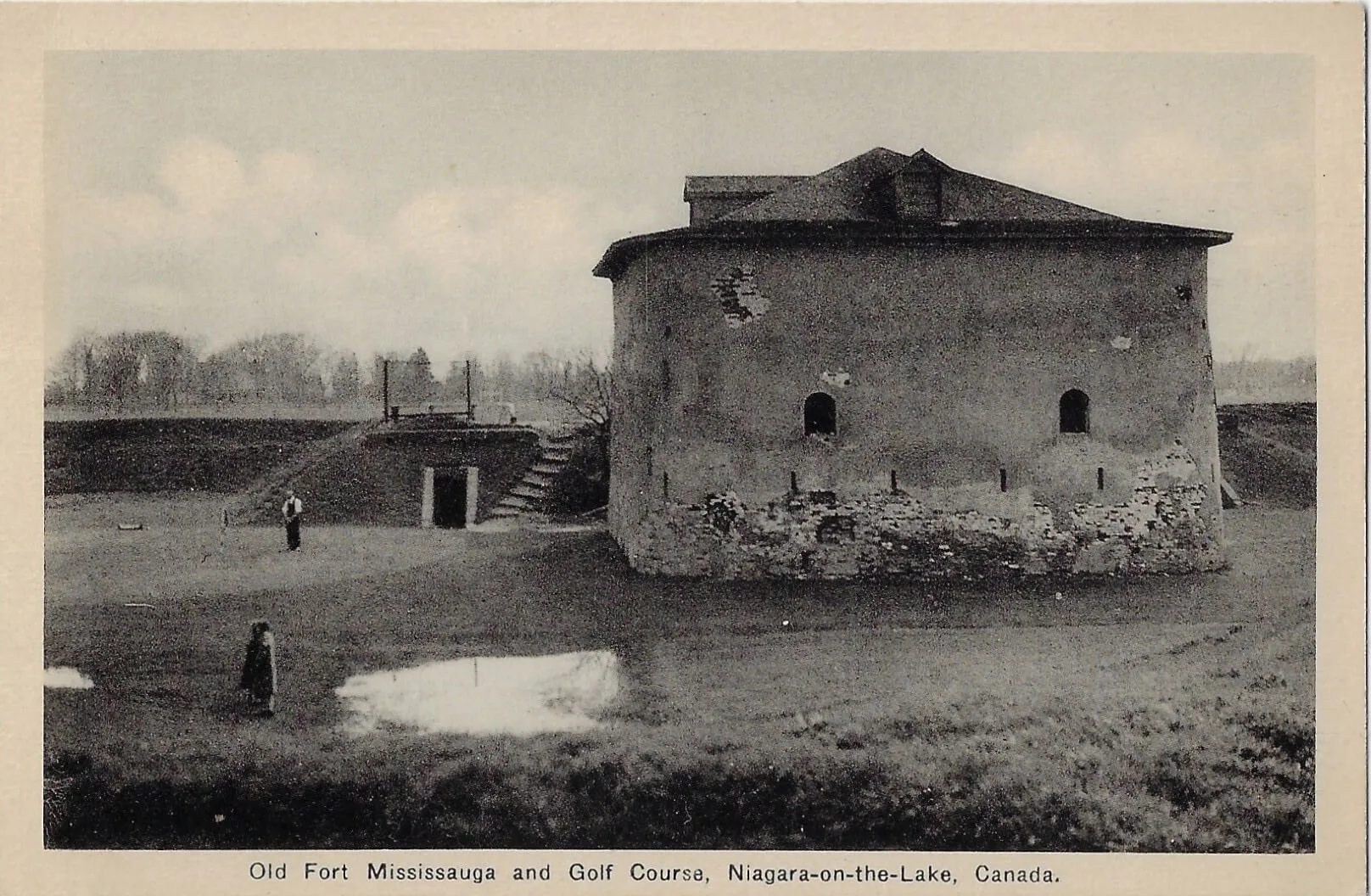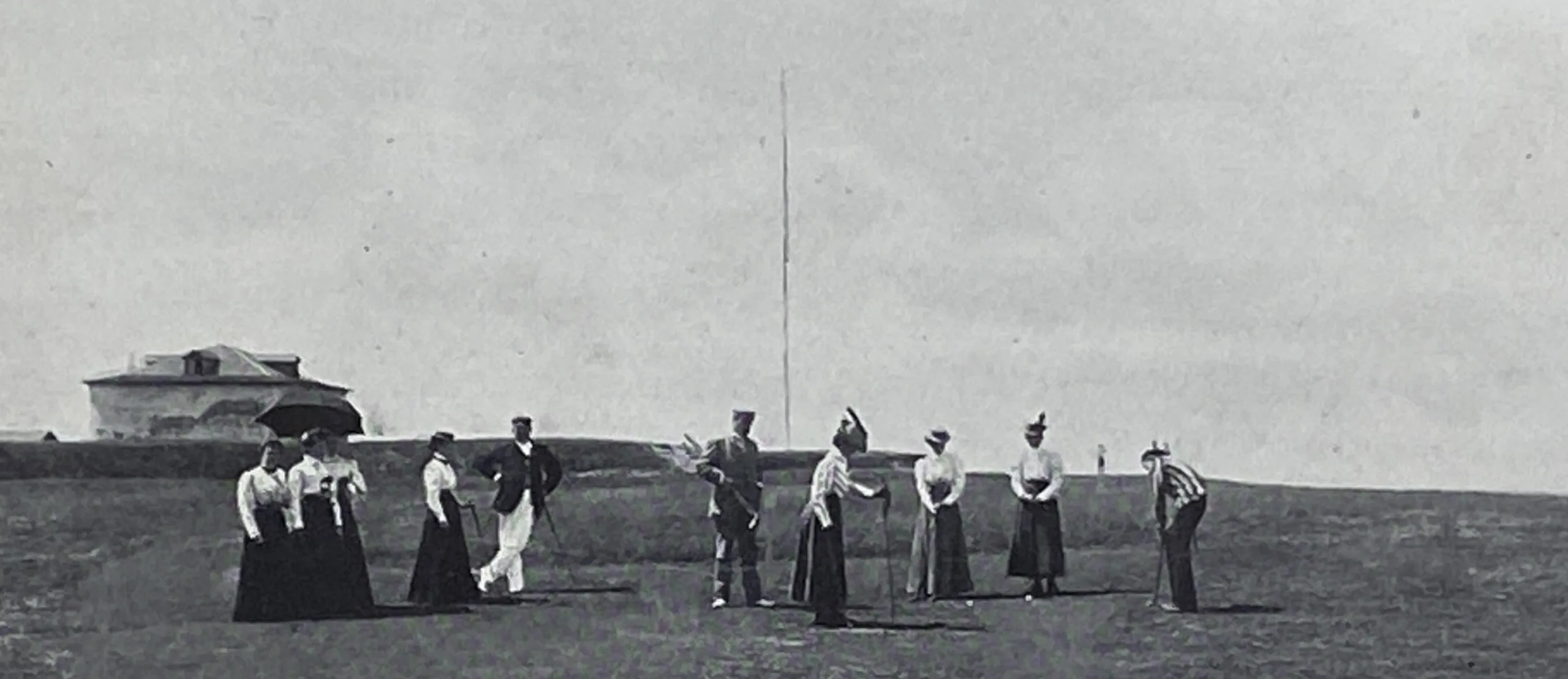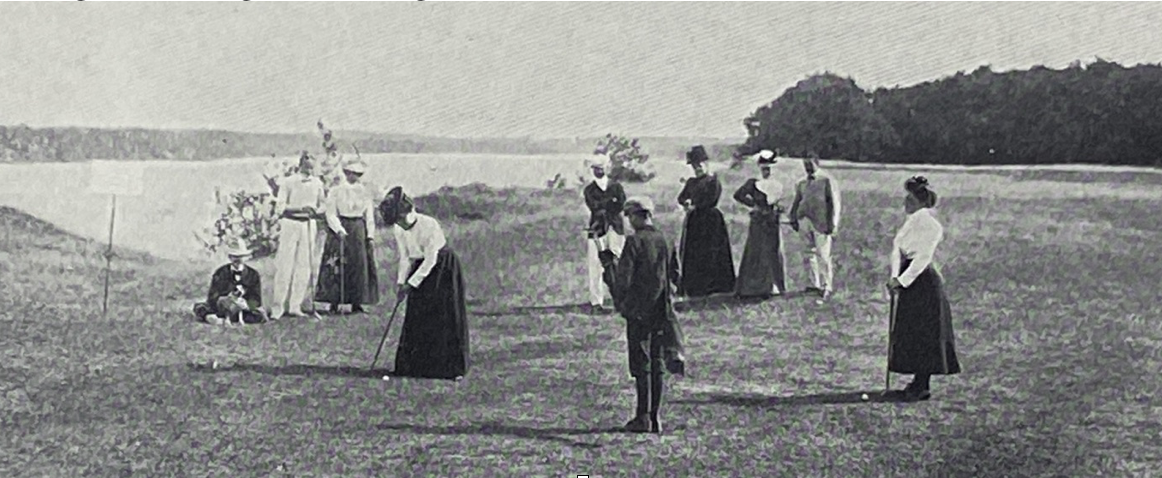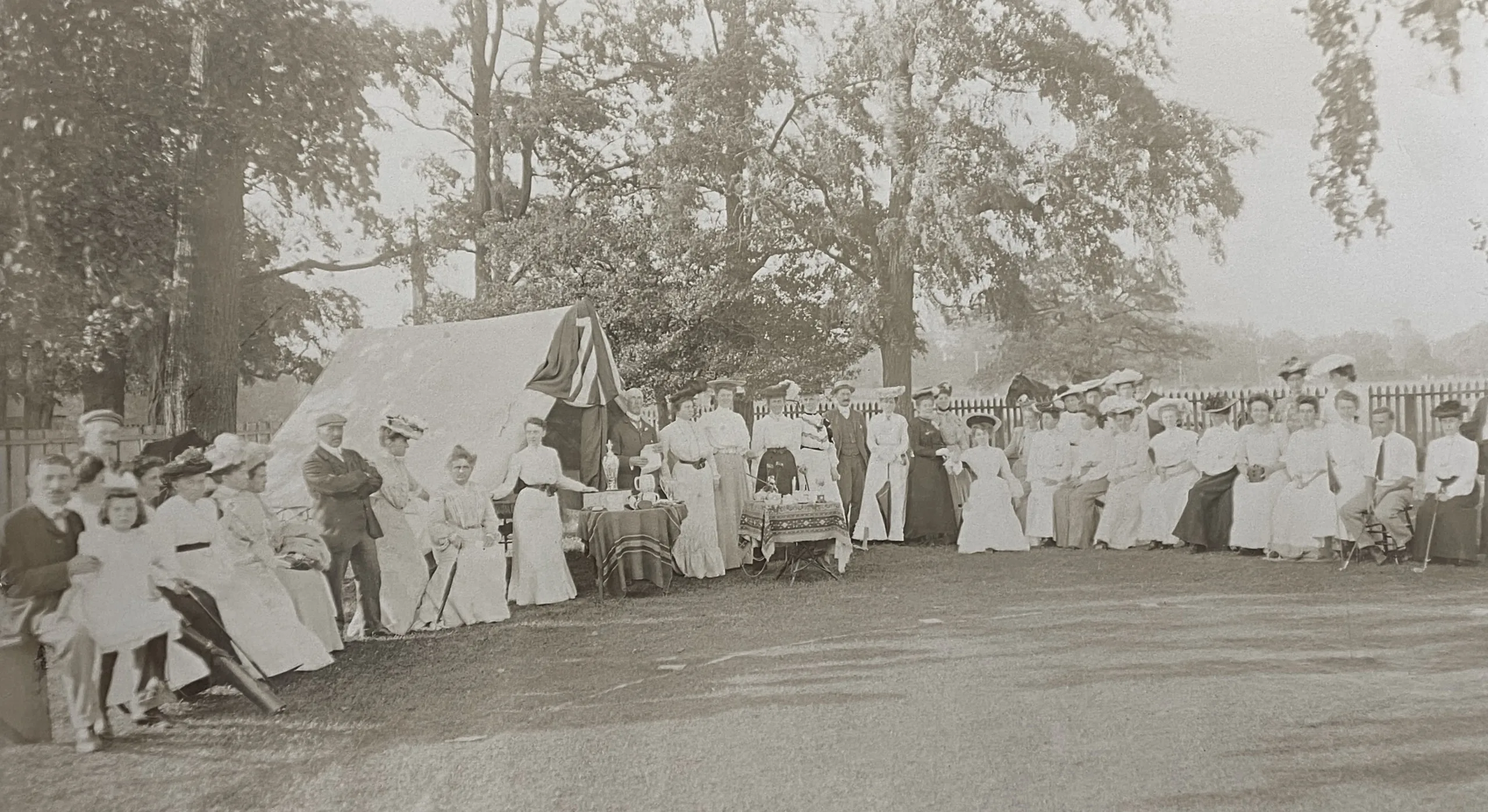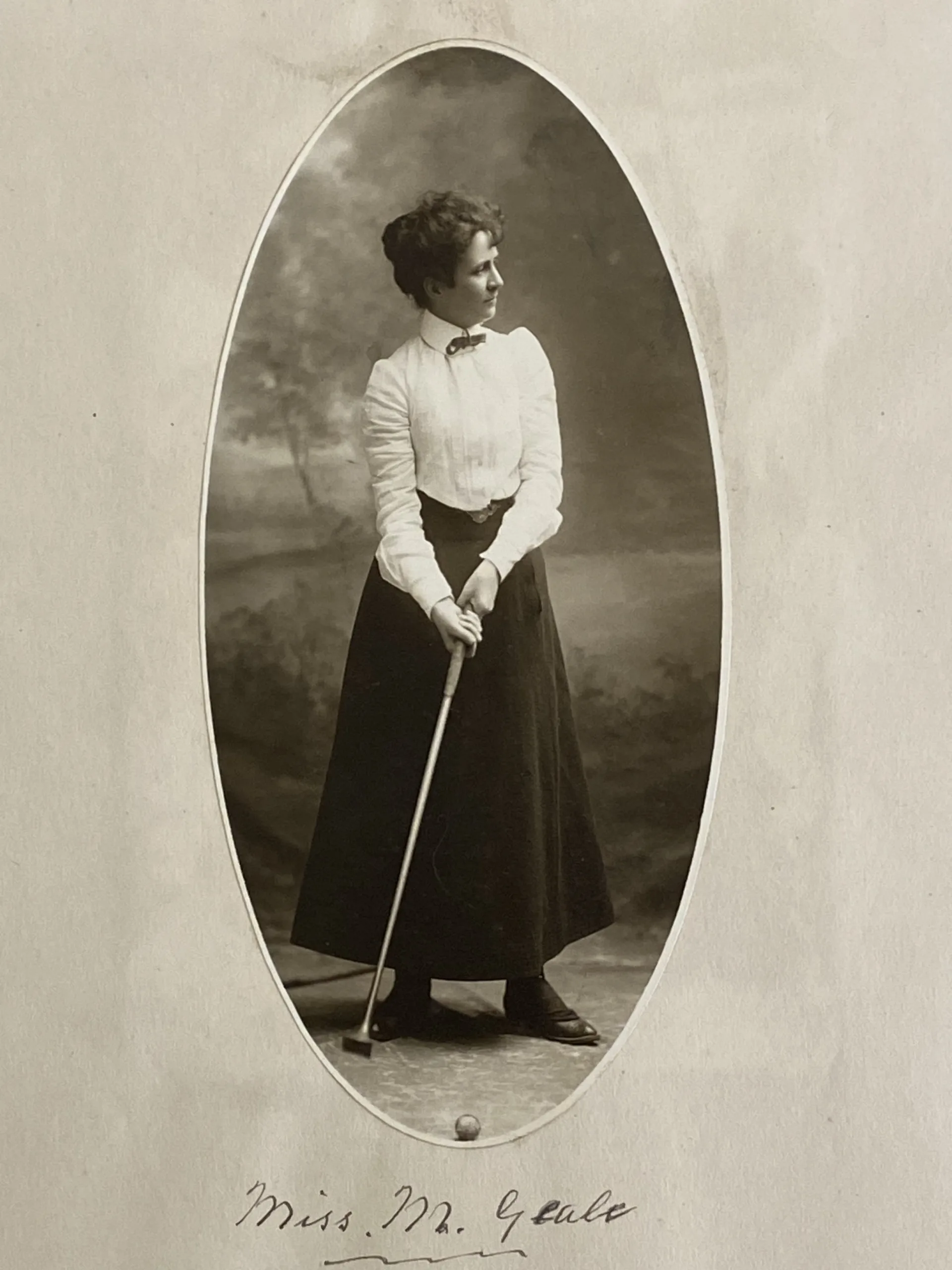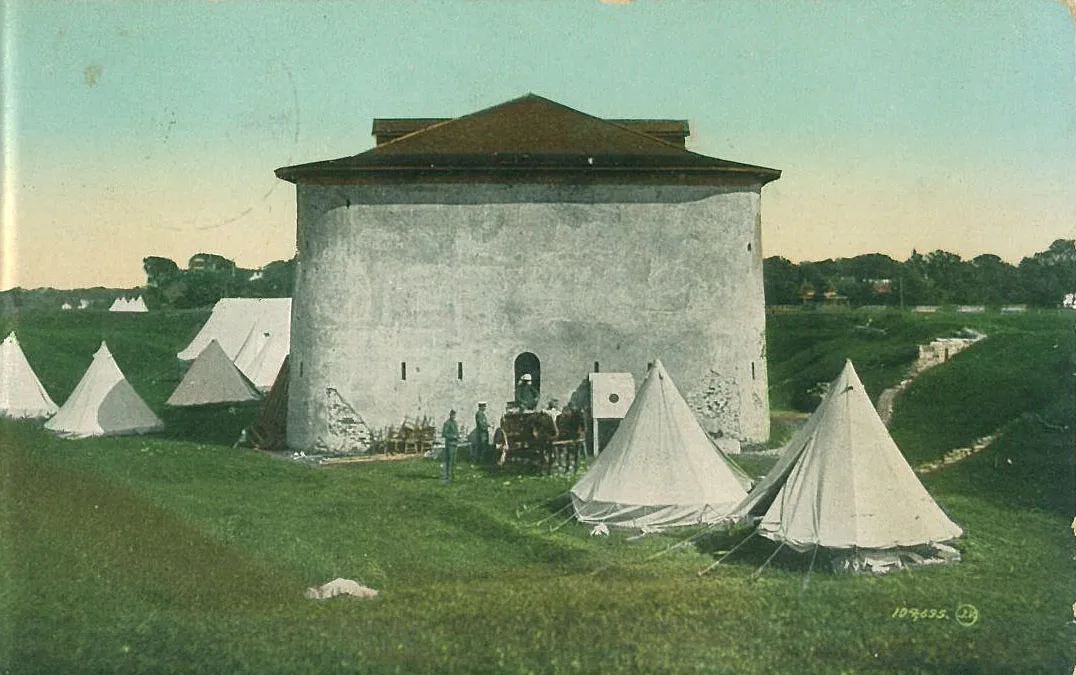History
History of the Course
Oldest Golf Club in North America
This is the oldest surviving golf club in North America. Like all golf courses, it has changed a bit over the years. However it still has 3 greens that have never moved; 1st, 2nd and 8th green named respectively Straightaway, Mississauga and Cinch have not been changed since the course was built a century and half ago. Other greens have had holes lengthened, new bunkers built and the rough cut back. But the fairways of this course remain where they were 148 years ago, inside a tight rectangle of land bounded by Lake Ontario, Fort Mississauga, and the stately homes of Queen and Simcoe Streets.
The man who brought golf to Niagara-on-the-Lake in the 1870’s was John Geale Dickson, who at the time of his death in 1931 was considered to be Canada’s oldest golfer. He was the founder of the Niagara Golf Club and came from a prosperous old Upper Canada family. He and his family have had title to many of the stately homes in Niagara including the Peterson/Romance home on John Street and the Grand Victorian on the Niagara Parkway.
There are few records from this time; however, we do have an accounting of a match played over the Mississauga Links in 1878, by Dickson, Hunter and four friends from Toronto. This appears to have been a congenial gathering of sportsmen engaged in a leisurely round on an otherwise empty course, for we are told that…
“a pony cart followed them from hole to hole, laden with every possible beverage which the human tongue could desire.” After the morning round they lunched all afternoon, dallied over cigars, “by which time it was too late to renew the contests of the morning”.
John Geale Dickson’s brother Robert Dickson became the first captain of the Niagara-on-the-Lake Golf Club, which was organized in 1881. Whatever the condition of the Mississauga Links in 1878, It was apparently in good shape by 1882, when a Toronto newspaper had this to say:
“This golf course at Niagara is perhaps unsurpassed, and bids fair to become the St. Andrews of Canada. Its central position, and ease of access by rail or steamer, and large area combine to make it one of the best that could be selected for matches between other clubs on neutral grounds.“
The Niagara International held in 1895 was the first of its kind in the world of golf. It had events open to the amateur golfers of all nations – which in practice meant Canada and the United States – and it had events for lady golfers.
Madeline Geale of Niagara-on-the-Lake was the first winner of the Ladies event, beating Mrs Chatfield of Chicago. An article read…
“The ladies contest had an excellent entry, among them being Mrs Hobart Chatfield-Taylor, a veritable daughter of the gods, a tall and handsome woman and golfer. Her chief opponent was Miss Madeline Geale of Niagara. Both fought on equal terms as Miss Geale though a resident of Niagara did not know the links anymore than her opponent. The Niagara lady made her name as possessing the prettiest golf stroke among women in America and won with several points to spare”.
In the gentlemen’s final event there is this humorous accounting which includes this…
“In 1895, feelings ran high in the final of the International Challenge Cup, which was played between MacDonald of Chicago and Smith of Toronto. MacDonald later claimed that he had to pay his caddie $5 to lie on top of his ball on the fairway, to protect it from Smith’s supporters”.
In 1901, the future King George V was made an Honorary member of the Niagara-on-the-Lake Golf Club during a visit to Niagara-on-the-Lake, where he stayed at Queens Royal Hotel with his future Queen.
In the following year the club was incorporated – a sure sign of its permanence – the signatories included many well known names.
Today the Niagara-on-the-Lake Golf Course is going strong with the distinction of being the oldest golf course in North America.
A Historic Timeline
(15th c. - 1883)
I |
Aboriginal |
| 15th c. | Neutral First Nations fishing settlement |
| 17th c. | Seneca Nation |
| 18th c. | Mississauga Nation |
II |
British Military (1814-1870) |
| 1804 | Mississauga Point Lighthouse, the 1st lighthouse on the Great lakes – demolished in the year 1814 |
| 1813 | Mississauga Point Battlefield – defeat of the British force causing the military collapse of the Niagara Frontier – the area was regained in the winter of 1813/14 |
| 1814 | Fort Mississauga (tower and earthworks) – a much larger Fort to garrison 1000 troops was planned but never built |
| 1860s | Fort Mississauga abandoned |
III |
Golf Course (1875-present) |
| 1875 | Niagara Golf Club established – Founder John Geale Dickson |
| 1878 | Newspaper account of a match played over the Mississauga Links by Dickson, Hunter and four friends from Toronto: “a pony cart followed them from hole to hole, laden with every possible beverage which the human tongue could desire” … [after the morning round they lunched all afternoon and dallied over cigars,] … “by which time it was too late to renew the contests of the morning.” |
| 1882 | Newspaper article “The golf course at Niagara is perhaps unsurpassed, and bids fair to become the St. Andrews of Canada.” |
| 1883 | 2nd Inter-Provincial Tournament (1st held in 1882 in Montreal) |
(1895 - present)
| 1895 |
1st International Tournament in North America, “open to amateur golfers of all nations.” It was called the “International Championship Tournament;” this was also the 1st tournament in North America to have events for both ladies and gentlemen. Organized by Charles Hunter of Toronto and Charles Blair MacDonald of Chicago; held annually for 20 years (till WWII). Ladies winner: Miss Madeleine Geale of NOTL |
| 1896 | Names of holes at Fort Mississauga – Straightaway, Little Misery, Butts, Hunter, Fairfield, Silverthorn, Cinch, Home |
| 1880s-90s | Guests stayed at the Queens Royal Hotel |
| 1901 | HRH Prince of Wales, the future King George V, was made an Honorary member |
| 1905 | Second club was formed by a group connected with the Queen‘s Royal Hotel – they used the Mississauga course – part of the course included the ramparts and the interior of Fort Mississauga |
| 1914 | Both golf courses closed and sites were used as military training grounds – re-opened after the War |
| 1922 | Fort Mississauga & Fort George become National Historic Sites – both of national significance but Fort George became main focus for interpretation – reconstruction of Fort George – stabilization of Fort Mississauga ruins – Golf Club moved to Mississauga Course |
| 1966 | Government decision to create a national historic park at Fort Mississauga – the club was told to vacate by March 1970. Happily this never came through and golfers have continued to enjoy the course. |
| 2000 | A new Clubhouse was built |
| 2007 | Golf club changed from a private members club to a semi-private club |
| 2010 | 8th Annual Charles Blair MacDonald Tournament and the Eastern Hickory Championship to be played at the Niagara Golf Club |
